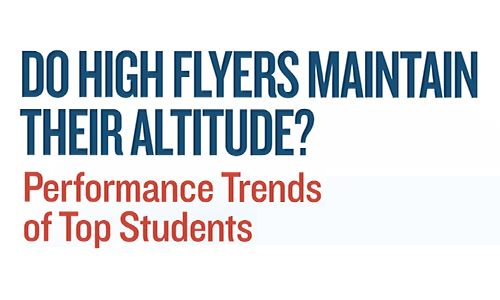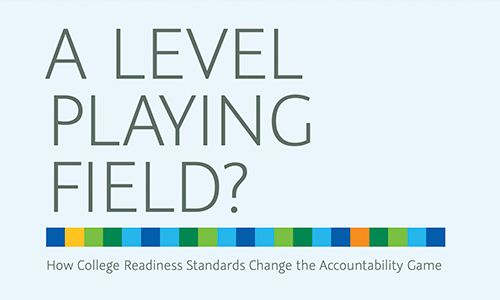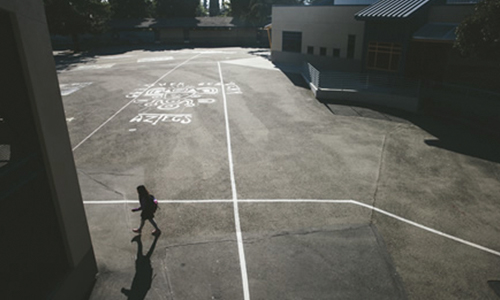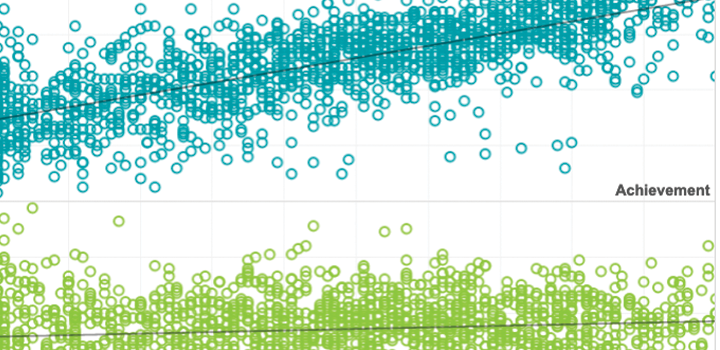Media mention
Exploring the relationship between poverty and school performance
September 2019
Education Dive

Description
In this interview, Andrew Hegedus shares the origins of his work exploring the relationship between poverty and school performance, implications for educators, and where his research is headed next.
Go to articleTopics: Equity, High-growth schools & practices
Associated Research

Presentation
Related Topics


Finding root causes effectively: A powerful way to improve schools
Using experience gained by facilitating the determination of root causes in schools and in industrial settings, as well as lessons from research and literature both within and outside of education, this paper provides a recommend process, and detailed protocols and tools for defining problems to be investigated and determining their root causes.
By: Andrew Hegedus
Topics: High-growth schools & practices


Do high flyers maintain their altitude?
In the visualizations in this exhibit, you can compare the performance and growth of various groups of high achievers to that of their peers over multiple years.
By: Yun Xiang, Michael Dahlin, John Cronin, Robert Theaker, Sarah Durant
Topics: Equity, High-growth schools & practices


Moving from data to making a difference
The problems faced within education resemble the problems in many social settings in that they lack clear definitions, have many potential causes, lack simple solutions, and defy straightforward measurement. In this article, Andrew Hegedus shares a view on the types of problems faced in education and outlines key characteristics of a process that begins with collecting data and ends with evaluating progress.
By: Andrew Hegedus
Topics: Empowering educators, High school, High-growth schools & practices


A level playing field: College readiness standards
Some of our assumptions about the growth and performance of students from high-poverty schools relative to their peers from wealthier schools may be challenged in this data gallery, where you can explore how school poverty level interacts with student growth, college readiness, and college access.
By: Michael Dahlin, Beth Tarasawa
Topics: Equity, College & career readiness


A level playing field: College readiness standards
This study examines the academic growth of 35,000 elementary and middle school students in 31 states—all of them high achievers within their own schools—over a three-year period.
By: Michael Dahlin, Beth Tarasawa
Topics: Equity, College & career readiness


Do high flyers maintain their altitude? Performance trends of top students
In this study from the Thomas B. Fordham Institute, achievement trends from NWEA’s longitudinal growth database were used to track students who scored at or above the 90th percentile on this assessment in order to see if they maintained their high achievement.
By: Yun Xiang, Michael Dahlin, John Cronin, Robert Theaker, Sarah Durant
Topics: Equity, High-growth schools & practices


Making teacher goal setting more powerful
Most of us believe that when individuals have goals, their performance improves, and this belief is being put to the test in schools today. In an effort to create alignment between district and school improvement efforts, teachers are more likely than ever to have formal performance goals.
By: Andrew Hegedus
Topics: Empowering educators, High-growth schools & practices





